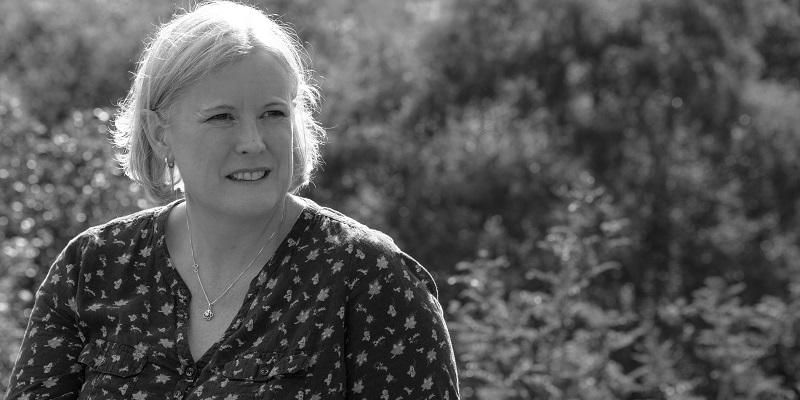
Professor Cath Noakes of the University of Leeds was the main scientific consultant to the makers of a new public information film designed to reduce the spread of COVID-19.
The ‘Hands Face Space’ campaign depicts a number of scenarios that reveal how the virus spreads between people in enclosed spaces - and the producers wanted it to scientifically accurate.
They sought input from Professor Noakes - who sits on the Government’s scientific advisory group SAGE and is an expert on the transmission of pathogens inside buildings - and a small number of other scientists.
“The film shows quite dramatically how easily the virus can spread.”
Placeholder
The Government campaign will run on TV, radio, online and in print over the autumn and winter months. With more people spending time indoors, there is a greater chance of the virus spreading.
Professor Noakes said: “The film shows quite dramatically how easily the virus can spread. For example, you could become infected by just touching a contaminated surface and then rubbing your eyes or nose.
“But the good news is simple steps can minimise the risks and that is the idea behind the Hands Face Space campaign – to frequently wash your hands, wear a face covering and maintain two metres social distance.”
Professor Noakes holds the chair in Environmental Engineering for Buildings in the School of Civil Engineering.
A campaign rooted in the latest science
The filmmakers have used expert opinion and the findings of published scientific research in the information they share with the public. That includes:
-
Although the virus cannot last for long in direct sunlight, indoors it could survive for more than 24 hours. Hand washing with soap and water for at least 20 seconds or using hand sanitiser regularly throughout the day will reduce the risk of catching or passing on the virus.
-
Coronavirus is carried in the air by tiny respiratory droplets that carry the virus. Larger droplets can land on other people or on surfaces they touch while smaller droplets, called aerosols, can stay in the air indoors for at least five minutes, and often much longer if there is no ventilation. Face coverings reduce the dispersion of these droplets, meaning if you are carrying the virus you are less likely to spread it when you exhale.
-
Transmission of the virus is most likely to happen within two metres, with risk increasing exponentially at shorter distances. While keeping that exact distance isn’t always possible, remaining mindful of surroundings and continuing to make space has a powerful impact when it comes to containing the spread.
COVID-19 can be a nasty, debilitating illness
Poppy is a young woman who became infected with COVID-19 earlier in the year. She is still experiencing the longer symptoms of the illness and she is backing the Government's campaign.
She said: “There is a worrying trend at the moment for people who don’t consider themselves as being at a high-risk group to be dismissive of how the virus may impact them.
“Before having coronavirus, I was fit and healthy. Now, six months after supposedly recovering, I’m still dealing with the aftermath of the virus which affects my everyday life. You really don’t know how this will impact you and just because you’re not classed as vulnerable doesn’t mean you’re not at risk.”
Photo: Jude Palmer/Royal Academy of Engineering
For media enquiries email the University of Leeds Press Office at pressoffice@leeds.ac.uk.